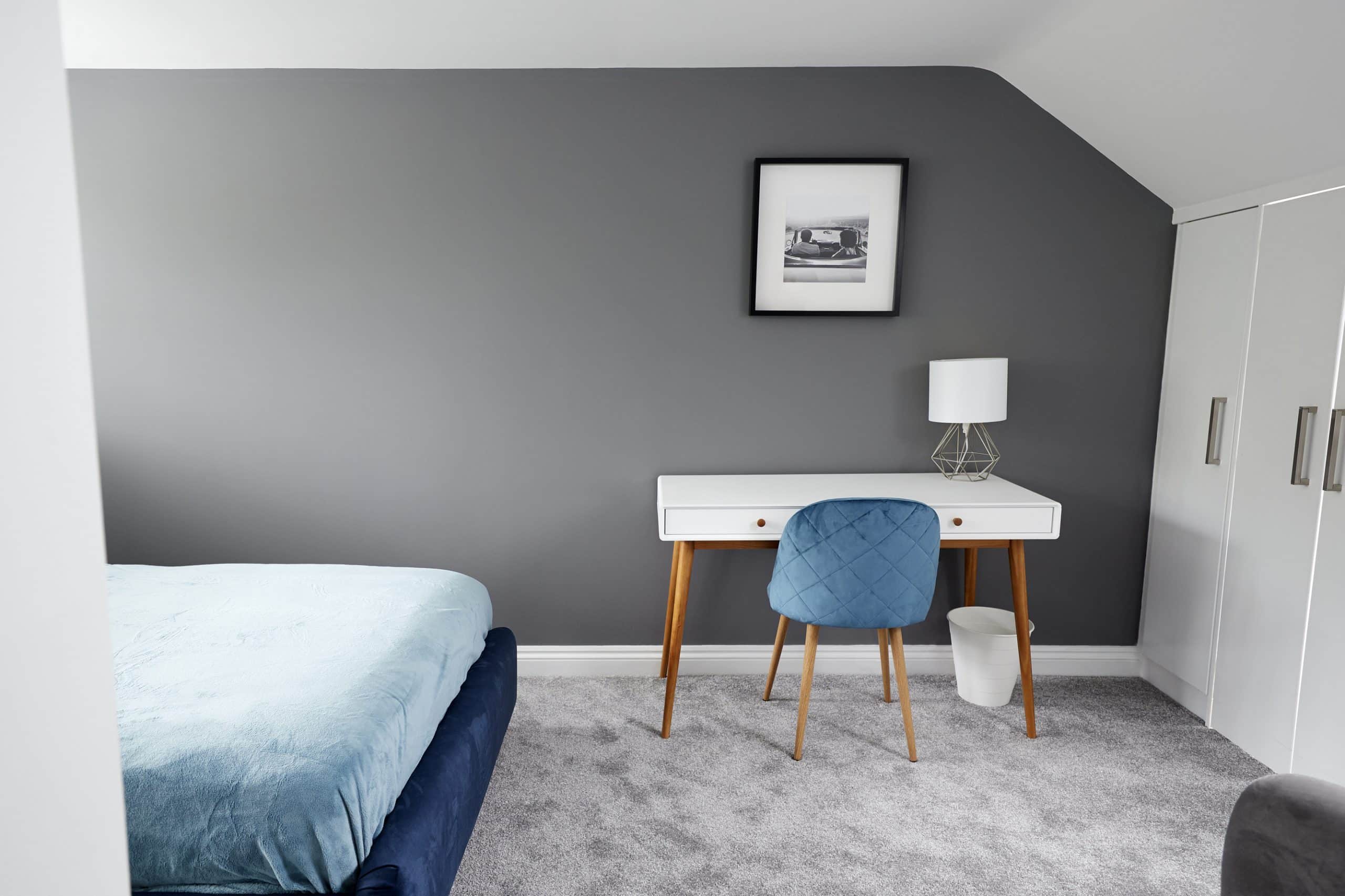What Are the Best Strategies for Converting Underused Commercial Spaces into Residential Units in the UK?

As the landscape of the real estate industry evolves, empty commercial buildings in the United Kingdom are increasingly being converted into affordable residential units. This shift is being driven by demographic and economic changes, as well as changing consumer preferences. This article will delve into the best strategies for these conversions, looking at what will work, what won’t, and what you should keep in mind as you venture into this real estate development arena.
Identifying Suitable Office Buildings for Conversion
The first step in any conversion project, whether it’s transforming an office into a residential space or any other form of development, is identifying suitable buildings. Not every commercial property is a viable candidate for residential conversion.
Also to read : How to Design Accessible and Inclusive Play Areas in Residential Real Estate Projects?
When looking for potential properties, you should first consider the building’s location. Is it in an area where people want to live? Is it near amenities like shops, parks, and schools? Furthermore, you must also assess the building’s physical characteristics. For instance, does it have windows that would allow for natural light in potential homes? Is the ceiling height suitable for residential use? Does the building layout allow for efficient residential floor plans?
You should also think about the building’s upkeep. Older buildings may require significant repairs and renovations, which can quickly eat into your budget. Therefore, a building’s age, condition, and the potential cost of renovations should be factored into your decision.
Also read : What Are the Implications of the UK’s Energy Efficiency Regulations for New Residential Developments?
Lastly, it’s crucial to understand the local real estate market. Is there a demand for residential property in this area? What type of housing is in short supply – apartments, townhouses or detached houses? This information will help you decide the best use for the property.
Navigating Zoning and Planning Regulations
Converting a commercial property into residential units involves navigating a complex web of zoning and planning regulations. These regulations can often make or break a potential conversion project.
In the UK, there is a planning system in place that allows for the conversion of commercial spaces into residential units under certain conditions. Known as "Permitted Development Rights," this system allows certain types of projects to go ahead without the need for a full planning application.
However, these rights are not without their limitations. For example, some local authorities have removed these rights in particular areas, known as Article 4 directions, to protect commercial space. Furthermore, you will still need to comply with Building Regulations, which set standards for the design and construction of buildings to ensure health and safety.
You should also be aware of the Community Infrastructure Levy (CIL). This is a charge that local authorities can set on new development in their area to help fund the infrastructure needed to support development. This could potentially add significant costs to your project, so it’s important to factor this into your calculations.
Designing Efficient and Attractive Residential Units
Once you’ve found a suitable property and navigated the planning and zoning regulations, the next step is to design efficient and attractive residential units.
The main challenge here is to transform a space designed for commercial use into a comfortable and inviting residential environment. This will require careful planning and design. For example, you will need to consider how to divide the large, open spaces typical of commercial properties into individual residential units.
Natural light is a key consideration in residential design. You may need to add windows or skylights to ensure that each unit has sufficient natural light. You should also think about how to incorporate storage space, which can be a challenge in buildings not originally designed for residential use.
Furthermore, you should aim to create units that are energy-efficient. This not only reduces the running costs for the residents but also makes the property more attractive to potential buyers or tenants who are increasingly concerned about environmental issues.
Financing Your Conversion Project
Financing is a critical aspect of any real estate development project. You will need to carefully plan your budget, taking into account not only the purchase price of the property but also the cost of renovations, planning and building regulation fees, and any potential charges such as the Community Infrastructure Levy.
Different financing options are available, depending on the scale and nature of your project. These include bank loans, private investor loans, and crowdfunding. Each of these options has its pros and cons, so it’s important to do your research and seek professional advice to determine the best financing strategy for your project.
You should also consider the potential return on your investment. This will depend on factors such as the local housing market, the quality of your conversion, and the demand for residential units in the area.
Marketing and Selling Your Converted Residential Units
Once your conversion project is complete, the final step is marketing and selling your residential units. Today, online marketing is key. You should invest in a professional website and use social media to promote your properties. High-quality photos and virtual tours can make a significant difference in attracting potential buyers or tenants.
Pricing your units correctly is also essential. This involves understanding the local housing market and setting a price that reflects the quality of your conversion and the desirability of the location.
Moreover, you’ll need to target your marketing efforts to the right audience. For instance, if your units are small apartments in a city center, you might target young professionals or students. On the other hand, if you have larger units in a suburban area, families might be your primary market.
Balancing Affordability and Quality in Residential Conversions
In the current climate where affordable housing is a key concern, the conversion of underused commercial properties into residential units needs to strike a balance between affordability and quality. Careful planning and design can help to create residential units that are not only affordable but also desirable places to live.
The affordability factor is particularly crucial in the United Kingdom, where the housing crisis continues to be a significant issue. Converting office buildings into residential units can help to increase the housing supply, particularly in city centres and high streets where there is often a shortage of affordable housing.
To achieve this, cost-effective building methods and materials can be used without compromising on quality. For instance, modular construction techniques can reduce construction times and costs, while energy-efficient design and technology can lower living costs for the residents.
It’s also essential to ensure that the converted units meet all the necessary health and safety regulations. This not only protects the residents but also adds to the appeal of the property.
Quality should not be sacrificed in the pursuit of affordability. The success of your conversion project will ultimately depend on your ability to create attractive, comfortable, and affordable homes that meet the needs and preferences of potential residents.
Conclusion: Tapping into the Potential of Office-to-Residential Conversions
With the shift from office-based work to remote and flexible working, the demand for commercial office spaces has been on a decline. This, coupled with the ongoing housing crisis in the UK, has opened up opportunities for the conversion of underused commercial properties into residential units.
However, navigating this landscape is not without its challenges. From identifying suitable office buildings for conversion, understanding the zoning and planning regulations, to designing efficient and attractive residential units and securing financing, each step requires careful planning and consideration.
Nonetheless, with the right strategies, converting underused commercial spaces into residential units can be a viable and profitable venture. Not only does it provide a solution to the housing supply issue, it also breathes new life into empty buildings and revitalises high streets and city centres.
In conclusion, as the real estate landscape continues to evolve, developers need to be innovative and adaptable. Office-to-residential conversions present a unique opportunity to repurpose underutilised assets, contribute to solving the housing crisis, and meet the changing housing needs and preferences of the UK population. As long as the conversion is done thoughtfully and responsibly, these projects can provide a win-win solution for both developers and communities.
